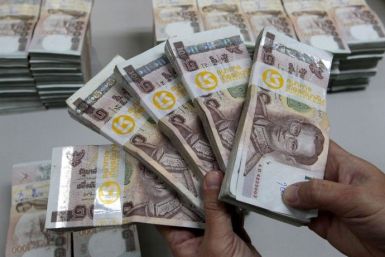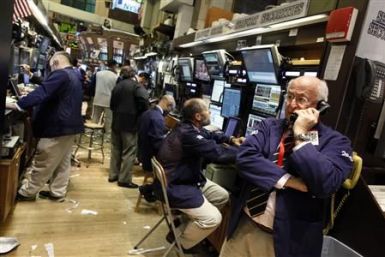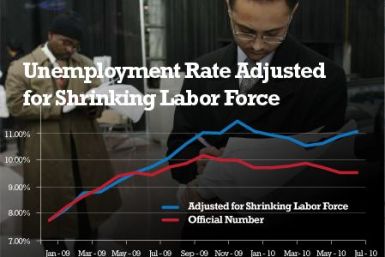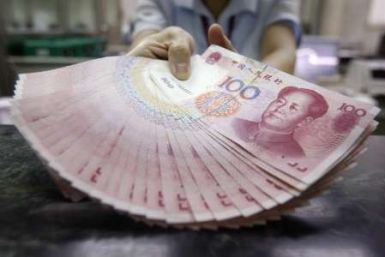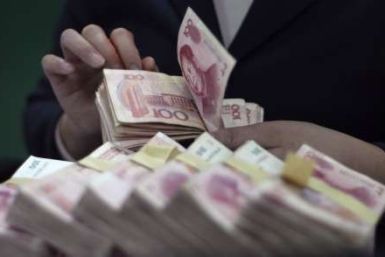The U.S. private sector employment saw the largest gain in three years in November, according to a report by ADP, but will not be sufficient to reduce the high unemployment rate plaguing the country.
The East Asian bond market, especially corporate bonds, continues to expand and draw strong demand from return-starved Western investors.
The Bank of Japan (BoJ) Governor Masaaki Shirakawa said on Monday expanding the asset purchase fund could be an option if the economy worsens beyond the central bank's expectations, even as government data showed retails sales in October fell unexpectedly.
Japan's economic recovery showed some positive signs as inflation increased in October for the first time in almost 24 months.
The fall in initial jobless claims in the U.S. to the lowest level since July 2008 is not a right pointer to a possible labor market recovery, according to an analyst, who says the true test for the economy is the creation of anything above 200,000 payroll jobs in a month.
Futures on major U.S. stock indices extended earlier gains on Wednesday after the Department of Labor reported that weekly jobless claims fell sharply last week to the lowest level since July 2008.
Pessimistic outlook about unemployment from the U.S. Federal Reserve overshadowed reports stating the economy grew faster in the third quarter. The Fed expects unemployment to remain high over the next couple of years, hovering around 8.9 percent to 9.1 percent next year. It had previously forecast unemployment rate between 8.3 percent and 8.7 percent.
According to minutes from the most recent Federal Open Market Committee (FOMC) meetings, policymakers argued over the merits of introducing a $600-billion long-term bond purchase program, but passed the measure anyway.
Existing home sales in the U.S. dropped in October after two months of strong increases, the National Association of Realtors said in a statement.
The U.S. economy grew a little more than expected in the third quarter, helped by a sharp drop in imports and a rise in private inventory investment, according to the second estimate released by the U.S. Bureau of Economic Analysis.
A BIS study found the market judges risks of uncontrolled inflation to be relatively low for the U.S and euro zone, despite the expansion of their central banks' sheets and soaring gold prices.
The U.S. economic growth is expected to remain sluggish over the next couple of years, as inflation heads towards zero and unemployment remains high. Official U.S. GDP figures are due on Tuesday, along with sales information of existing homes.
Growth of the U.S economy is expected to remain sluggish next year as the nation suffers from high employment, high public debt, and rising commodity prices, says a report.
The Chinese government has announced a slew of measures to combat rising commodity prices, including boosting agricultural production and stabilizing supply of products and fertilizers.
In an eventful week, that passed through uncertainty about Ireland's response to a bailout offer, an unexpectedly higher Chinese inflation number and its policy response and largely mixed US data, investors remained cautious about the changing 'risk-friendliness' of commodities. In a mixed precious metals segment, silver rose 5 percent in the week and palladium was up by 4.4 pct while gold fell 1.1 percent and platinum dropped by 0.9 percent from previous Friday.
A surge in food prices propelled Chinese consumer prices to a 25-month high in October, despite the government's efforts to control inflation. Food prices in the world’s second largest economy went up by 10.1 percent in October year-on-year.
Regional manufacturing activity in Philadelphia improved during November, according to the Philadelphia Fed Manufacturing Index, which touched its highest reading since Dec. 2009.
The University of Michigan forecasts the U.S. economic recovery to be sluggish in the near term due to the weak jobs market, deleveraging, belt-tightening within state and local governments, and the still-felt impact of the housing collapse.
Yields on municipal bonds has risen recently, with long-term yields rising more sharply than those on the short-end since the beginning of the November.
Boston Federal Reserve's Chairman Eric Rosengren defended the Fed's second round of quantitative easing, stating that it was necessary to avoid deflation and help unemployment. The fact that the U.S. Treasury yields have risen since the Federal Reserve announced a second round of quantitative easing does not mean that the QE2 is failing, Capital Economics said in a note.
The Federal Reserve is likely to spend the entire $600 billion allocated for the second round of quantitative easing (QE2) and is open to a third round (QE3) if the economy performs worse than expected.
William Dudley, president of the New York Federal Reserve, downplayed the charge that the Federal Reserve is monetizing U.S. government debt. The Fed is accused of doing so because it is engaged in quantitative easing.











